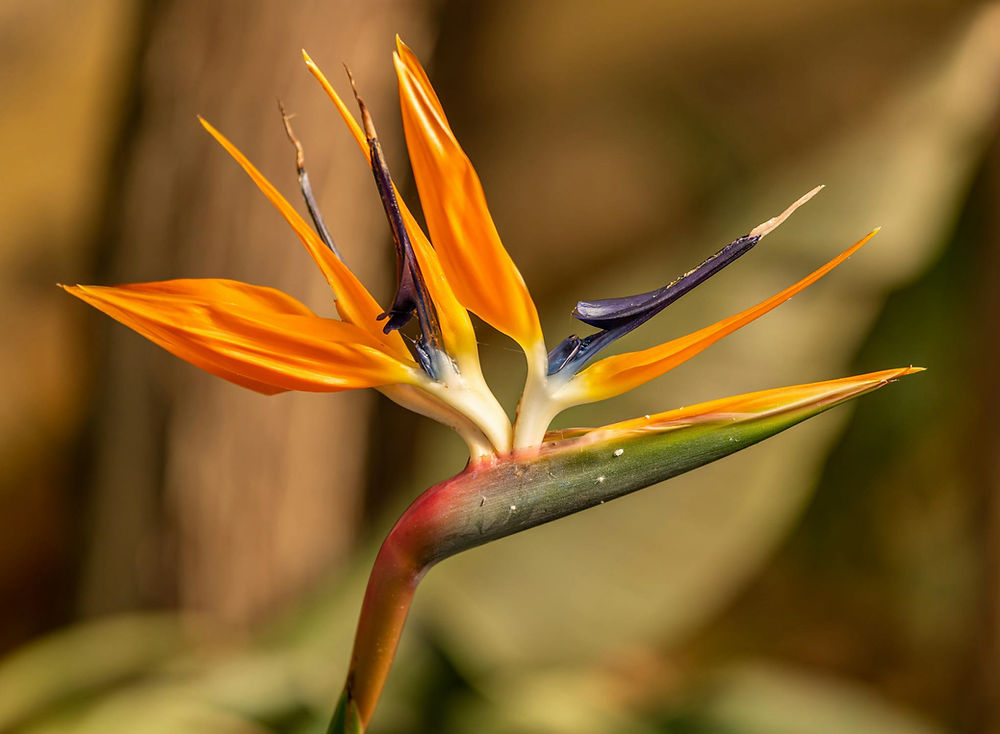
Creating an inviting and vibrant workspace can significantly impact mood, productivity, and overall employee well-being. A popular option for enhancing workplace aesthetics is the addition of fresh flowers. With services like those offered by "She Is GR Co." in West Michigan, businesses can choose between two primary floral subscription models: bi-weekly and monthly delivery with lots of customization available!

In the fast-paced world of business, finding ways to create a welcoming and productive environment is essential. One effective strategy is incorporating live plants and flowers into your office and showroom spaces. At She Is GR Co., we recognize the positive impact of greenery and blooms, and here are several compelling reasons why they should be a part of your workspace:

Enhanced Productivity: Studies have consistently shown that having plants in the workplace can boost productivity and creativity. Research published in the Journal of Environmental Psychology found that employees working in green spaces were 15% more productive than those in barren environments.

Mood Enhancement: Being surrounded by nature has a positive effect on mood and well-being. Plants and flowers can reduce stress, anxiety, and fatigue, creating a more relaxed and enjoyable work atmosphere for employees and visitors alike.

Visual Appeal: Live plants and flowers add aesthetic value to your space, making it more inviting and visually pleasing. They can complement your interior design style, create focal points, and leave a lasting impression on clients and customers.

Understanding the Options
When considering floral subscriptions, the primary choice is between bi-weekly and monthly services. Each option has its unique benefits catering to different preferences, budgets, and workplace cultures. Depending on how many offices and spaces you'd like flowers for, we can create custom packages made to your specific needs.

The Bi-Weekly Office Flowers Subscription
The bi-weekly office flowers subscription from "She Is GR Co." includes twelve floral arrangements a month, six arrangements delivered every two weeks. This service comprises three medium-sized bouquets and three smaller bouquets per delivery, ensuring beautiful, bright & festive flowers for your office spaces
The benefits of having fresh flowers in the workspace are backed by research, highlighting that fresh flowers can enhance creativity, improve workflow, and elevate mood. In fast-paced workplaces, the psychological benefits of a floral presence can be particularly valuable.

Monthly Office Flowers Subscription
In contrast, the monthly flowers subscription offers six arrangements delivered once a month, combining three medium and three small bouquets. This service is designed for businesses looking to refresh their space without the frequency of bi-weekly deliveries.
The psychological advantages remain a strong selling point, as flowers can positively impact creativity and productivity.

Pricing Comparison
When analyzing the cost of each subscription, the differences are evident. The bi-weekly subscription is priced at $375 per month, while the monthly option is available at a more economical rate of $188 per month.

While the bi-weekly subscription offers the advantage of enhanced aesthetics through more frequent deliveries, the price difference may play a crucial role in decision-making, particularly for budget-conscious businesses.

Aesthetic Appeal and Workplace Culture
Flowers can contribute significantly to workplace culture by enhancing visual appeal and creating a sense of comfort. The presence of fresh arrangements can make an environment feel more welcoming and inspire creativity among employees.

By integrating flowers into the office, companies can foster a positive atmosphere that encourages collaboration and reduces stress. The psychological effects of greenery and blooms have been well-documented, reinforcing that investing in floral decor can yield long-term benefits for employee engagement and satisfaction.
Monthly Office Deliveries
The Impact of Delivery Frequency
One of the core considerations when deciding between bi-weekly and monthly delivery is how often you want to refresh your workspace. Frequent deliveries can mean new designs and variations, keeping the environment lively and ever-changing.
Bi-Weekly Office Deliveries

Looking to add Fresh Flowers to your workspace in 2025? We're excited to work with you! Visit our inquiries page for more information & customized packages.
Click Link to Inquire: https://www.sheisgr.com/grweddingeventinquiries
.png)
































































